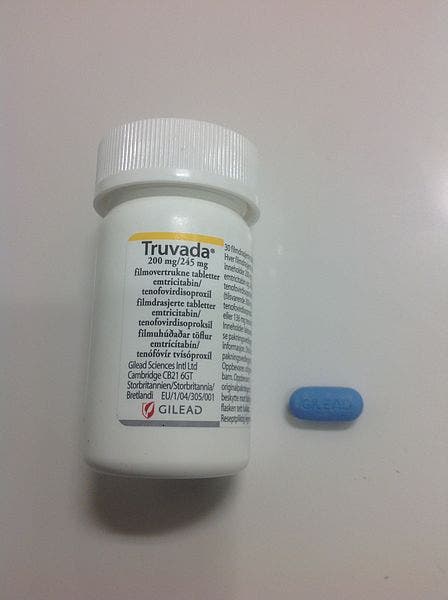A medication sold under the name of Truvada was approved by the Food and Drug Administration in 2012 to prevent HIV infection. If taken daily, the pills can reduce the risk of HIV infection by up to 92 percent.

In the US, the main purpose of Truvada (technically called PrEP) was to protect men who are having sex with other men. According to the CDC, they account for 83 percent of new HIV diagnoses. Previous research had already shown that the medicine is able to prevent HIV even when one of the partners is already positive, and this is confirmed in real life, according to NPR. But it’s not just men who can benefit from the drug – it can help women just as well, and organizations in Washington are trying to promote Truvada to people who don’t know they need it. African-American women especially are more at risk statistically, but most are not aware such a drug even exists.
“This is all about empowering women, especially black women, by giving them sexual health options and also embarking on a path of research,” says Linda Blout, president of Black Women’s Health Imperative, a nonprofit organization in Washington, D.C. The organization is helping to launch the capital’s first citywide program to promote use of the drug among women.
According to the CDC, African-American women make up 62% of women HIV cases, while white women account for 18 percent and Latinas for 14 percent. Most of the new HIV cases come from sexual intercourse, not from other drug or injection-related uses. For most of these women, it’s not just the lack of information, lack of empowerment is also a major issue — they just can’t ask their partners to wear a condom or to get tested.
“A lot of the issue has to do with misinformation or simply not being informed at all,” says Nancy Mahon, executive director of the MAC AIDS Fund, which is providing financial support for the effort. “When it comes to PrEP, many people still don’t even know it exists, especially heterosexuals. Many black women we’ve spoken to felt puzzled about why we were addressing how this drug is available to them. A component of the issue is that the drug is hard to obtain without a doctor.”
So we’re getting there in terms of science and the anti-HIV drugs are getting better and better. But moving things from the lab and into society is a whole new ball game. Dr. Eugene McCray, director of the CDC’s Division of HIV/AIDS Prevention says it can take up to a decade for consumers to start accepting a drug.
“The other problem here is that it generally takes five to 10 years for consumers to become socially acquainted with any drug,” McCray says. “That’s why we’re trying to push the information associated with PrEP to the communities in dire need of it.”



